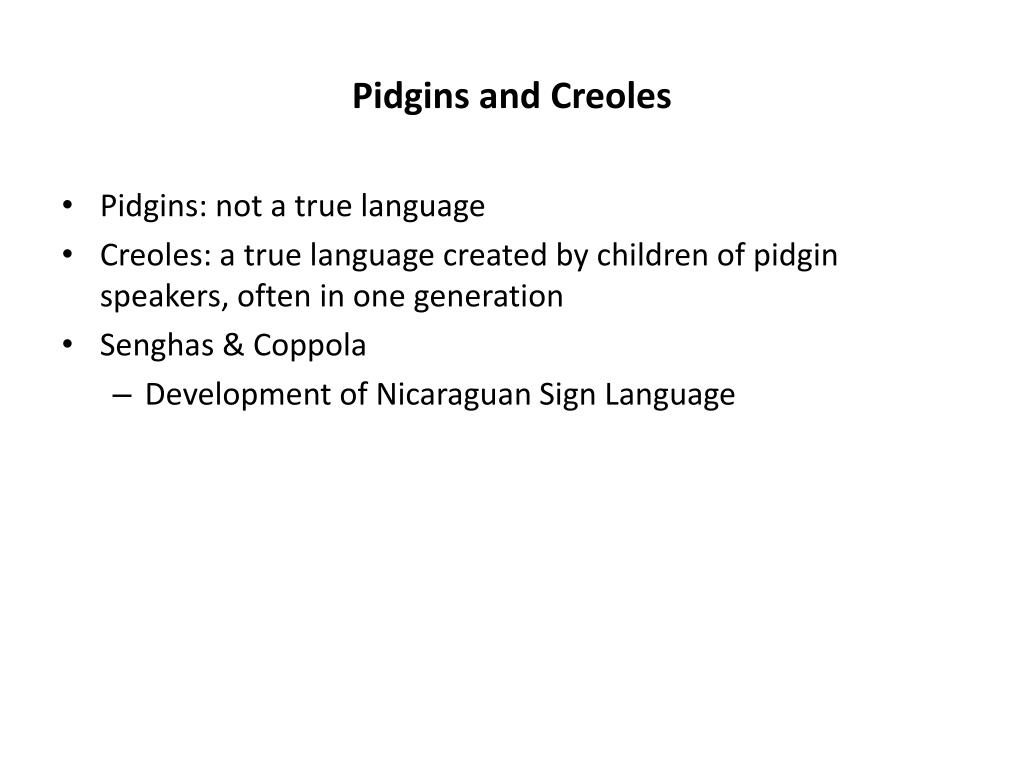
These differences persisted even after controlling for important student demographic differences such as grade, gender, school type, and indicators of socioeconomic and cultural status. Self-identifying native-English speakers performed significantly below the 2009 PISA OECD mean of 500 and reflected a high degree of volatility in performance. Findings showed large and significant differences between “self-identifying native” and “self-identifying non-native” speakers of English with higher mean scores for the former group in all three assessed areas of literacy as measured in English.



Results indicated that the majority of students self-identified as English speakers despite the predominant use of non-Standard English in their home country. In this study, we examined the way in which 3,184 15-year old 9th and 10th grade Trinidadian bidialectal adolescent youth self-identified linguistically on the 2009 Program for International Student Assessment (PISA) literacy assessment and explored their reading, math and science literacy performance based on their self-identification as native English and non-native English speaking students.


 0 kommentar(er)
0 kommentar(er)
